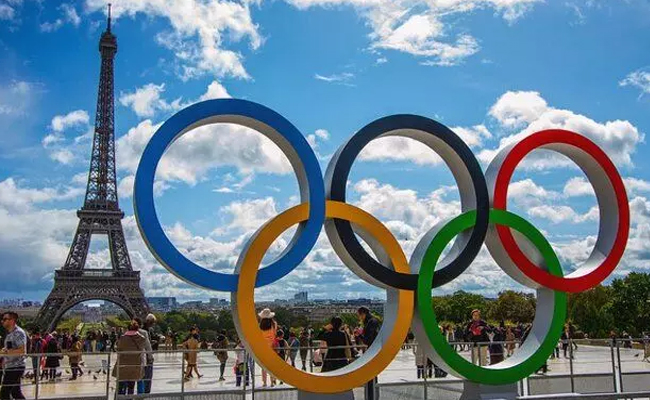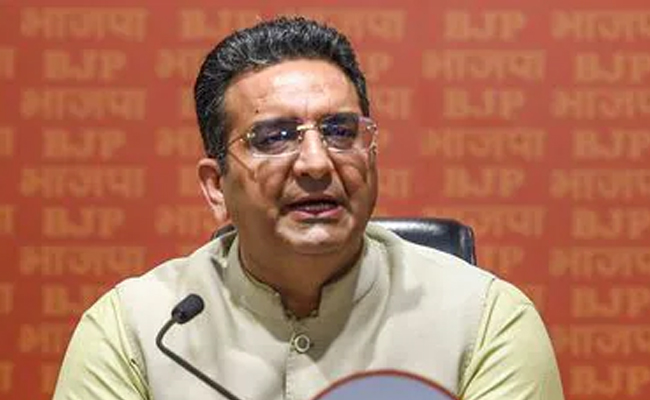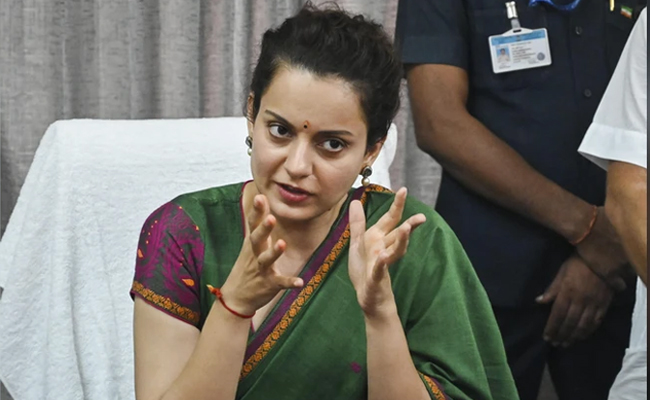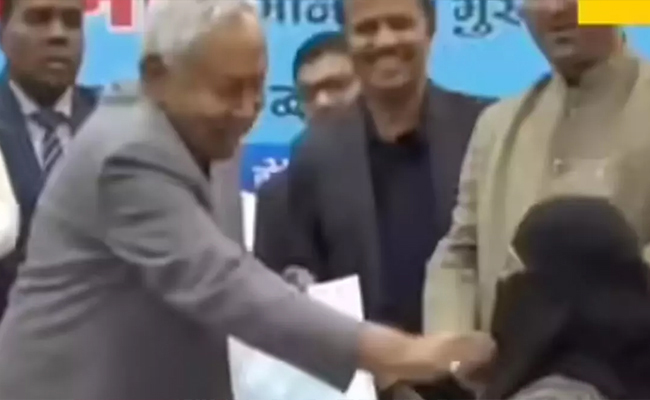Paris (PTI): The gigantic Stade de France resembled a concert hall hosting a party to celebrate the fortnight of sporting excellence as a breathtaking closing ceremony brought the curtains down on the Paris Olympics with a spectacular show, passing on the baton to Los Angeles for the next edition.
While the nearly four-hour-long innovative opening ceremony held on the River Seine had showcased the architectural wonders of the city and the country's rich heritage, the closing ceremony was equally enchanting in the way it ebbed and flowed with the mood of the evening, with a fair sprinkling of Hollywood, including mega star Tom Cruise, adding to the vibrancy.
International Olympic Committee (IOC) President Thomas Bach said: "These were sensational Olympic Games from start to finish. The Games showed us what greatness we humans are capable of. You embraced each other, you respect each other even if your countries were divided by war and conflict. Thanking you for making believe in a better world for everyone."
Bach also said that the Olympic Games "can't create peace but it can create a culture of peace that can inspire the world".
There were speculations of Hollywood star Tom Cruise making an appearance and he didn't disappoint as he descended from the top of the stadium to the “Mission Impossible” theme song, shook hands with the athletes on his way to the stage, took the Olympic flag from star gymnast Simone Biles, and carried it on a bike through Paris streets to a cargo plane ready to take off for Los Angeles.
A cyclist then took the flag to four-time Olympic gold medallist track legend Michael Johnson, who jogged through the streets of LA and handed it over to skateboarding legend Jagger Eaton at the iconic Venice Beach.
Earlier, the two-hour-long show, created by Thomas Jolly, began with a musical ode to the Games' host city, with French singer Zaho de Sagazan singing the famous 'Sous le ciel de Paris', which became a symbol of Paris for the world.
The flag-bearers of each of the 205 delegations then entered the gigantic Stade de France and assembled on a stage in the centre of the stadium -- symbolically representing a planisphere -- even as the athletes waved flags, blew kisses, clicked photographs and mingled with each other.
Olympics is all about inclusivity and gender parity, and the Paris Olympics showcased it when, for the first time in the history of the Games, the women's marathon concluded the quadrennial showpiece and medals were awarded right in the middle of the closing ceremony.
The organisers also acknowledged the efforts of the 45,000-odd volunteers, who worked tirelessly to make the Games a huge success, by giving them the pride of place alongside the athletes.
Sound and lights soon seemed to intermingle to create an unearthly feeling as a golden voyager landed inside the spectacular landscape. With his magic, Jolly conjured a dream-like 'chiaroscuro light effect' (the use of low and high-contrast lighting, which creates areas of light and dark) to leave those in attendance in awe, while French musician and composer Clément Mirguet took the experience to an altogether different level.
A voice from the past resounded, reminding about the creation of the modern Games at the end of the 19th century. Five gigantic Olympic rings were brought to life through a choreographic ballet, conceptualised by movement director Kevin Vivès. In the epic sequence, Jolly poetically recreated the work of those who participated in the revival of the Games.
The levitation sequence which followed looked more illusory than real with Alain Roche, seated at a piano suspended vertically in the air, giving a rendition of The 'Hymn to Apollo'.
The Hymn to Apollo, the oldest hymn from ancient Greece discovered in the ruins of Delphi, was performed for the first time on June 16, 1894 at the International Congress in Paris for the revival of the Olympic Games.
The emergence of the iconic French band Phoenix kicked off a grand party as more artists joined the athletes on the stage.
International Olympic Committee president Thomas Bach then took centre stage. With the Olympic Anthem playing in the background, the Olympic flag was lowered and handed over to the Mayor of Paris, Anne Hidalgo.
Hidalgo handed the Olympic flag to the IOC President who then passed it to the Mayor of Los Angeles, Karen Bass.
The flavour of Los Angeles and Hollywood was all too evident during the handover ceremony with Emmy Award-winning artist Gabriella Sarmiento Wilson, popularly known as H.E.R., singing the US national anthem.
LA's most iconic backdrops were presented with America's legendary mountain biker Kate Courtney taking the spectators through the streets of downtown LA to a soon-to-be three-time Olympic venue -- the Los Angeles Memorial Coliseum --, while another legend, track and field gold medallist Michael Johnson gave a glimpse of the LA neighbourhood.
Southern California music icon and Olympic aficionado Snoop Dogg then took over to begin an evening of fun and music that also included Red of Chili Pepper and Dr Dre in Los Angeles beachside.
India, which was represented by 117 athletes, including 47 women, was represented at the Parade of Nations by two-time Olympic medallists PR Sreejesh (hockey) and Manu Bhaker (shooting).
India concluded its campaign with six medals with Manu securing bronze in the women’s 10m air pistol and in the 10m air pistol mixed team event alongside Sarabjot Singh.
Let the Truth be known. If you read VB and like VB, please be a VB Supporter and Help us deliver the Truth to one and all.
Srinagar (PTI): Jammu and Kashmir Chief Minister Omar Abdullah on Wednesday criticised his Bihar counterpart over the niqab incident and said that Nitish Kumar might be slowly revealing his true nature.
"Nitish Kumar, who was once considered a secular leader, may be slowly showing his true colours," Abdullah told reporters here on the sidelines of a function.
Abdullah said Kumar removing the face veil of a Muslim woman doctor was wrong and cannot be justified by any means.
"We have seen this kind of incident here several years ago. Have you forgotten how Mehbooba Mufti removed the burqa of a legitimate voter inside a polling station? That act was wrong, and this act (of Kumar) is also wrong.
"If the (Bihar) chief minister did not want to hand over the order to her (Muslim woman), they could have kept her aside. However, to humiliate her like this is totally wrong," the Jammu and Kashmir chief minister said.
Kumar stirred a huge controversy after he removed the face veil of a Muslim woman at a function earlier this week.





